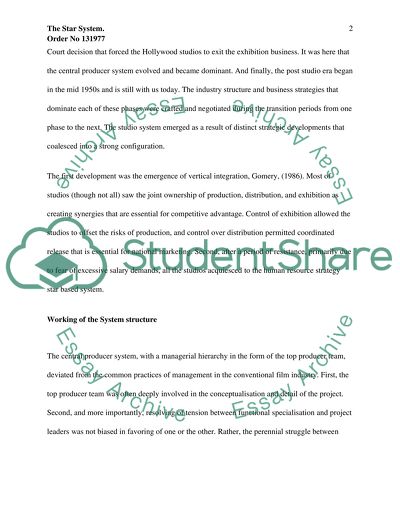Cite this document
(“Star System Essay Example | Topics and Well Written Essays - 2000 words”, n.d.)
Retrieved from https://studentshare.org/miscellaneous/1516545-star-system
Retrieved from https://studentshare.org/miscellaneous/1516545-star-system
(Star System Essay Example | Topics and Well Written Essays - 2000 Words)
https://studentshare.org/miscellaneous/1516545-star-system.
https://studentshare.org/miscellaneous/1516545-star-system.
“Star System Essay Example | Topics and Well Written Essays - 2000 Words”, n.d. https://studentshare.org/miscellaneous/1516545-star-system.


